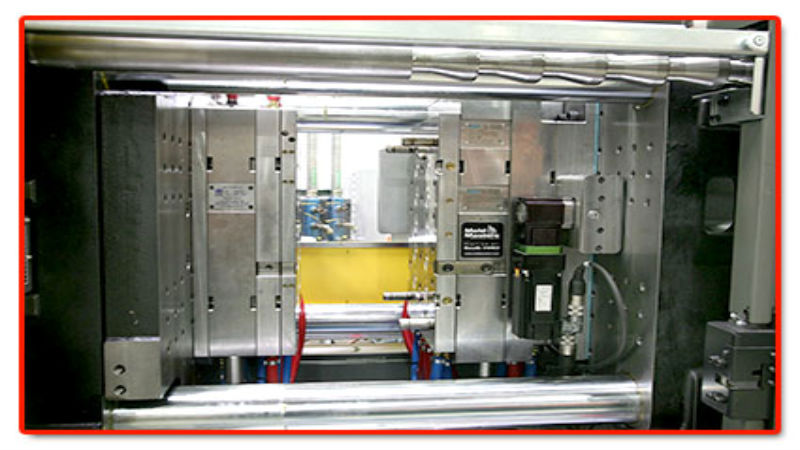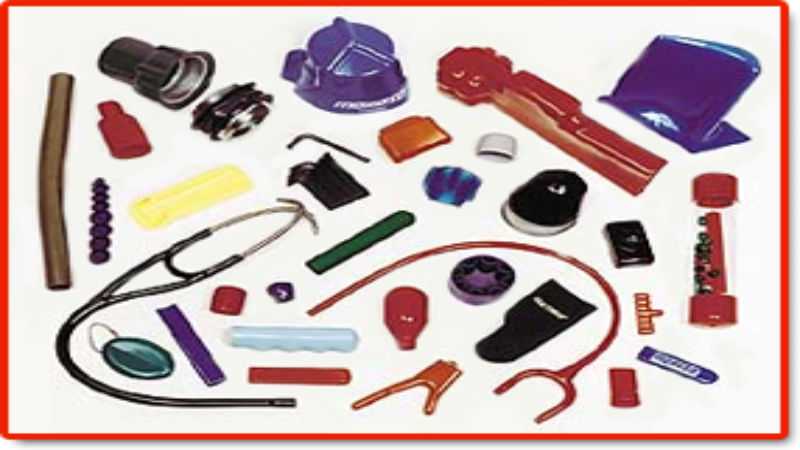Plastics shapes can be formed in many ways, including molding, machining or through an extrusion process. Custom plastic extrusion offers several advantages over other production methods for specific shapes and design options.
In its most basic form, all types of extrusion use the same principle. The material, in a semi-solid state, is forced through a carefully crafted die to produce a given shape. The simple shapes such as rods or square shapes can be produced as easily as more complex shapes that may have cavities, multiple walls and a variety of specific requirements.
The Process
In many ways, custom plastic extrusion can be compared to squeezing toothpaste through a tube as the semi-solid material passes through the shape to create a uniform, consistent extrusion. However, unlike the example of toothpaste, the extrusion process with plastics has to consider a variety of different factors and take into consideration the properties of the thermoplastic.
To start, the thermoplastic is combined with any type of additives, such as UV inhibitors or colorings and moved to a large storage compartment known as the hopper. From here, it goes into a feed that has an auger or rotating screw mechanism that pulls the material forward into a heated barrel. Here, the resin is heated gradually to the required temperature at the front of the barrel.
At this point, the semi-solid, which can be under as much as 5000 psi of pressure, is forced through a selected screen to remove any solid matter. The rest passes through into die.
The pressure has to be evenly maintained throughout the process, along with the resin temperature, to ensure the resin flows into the die equally all through production.
As the shaped custom plastic extrusion comes out the other side of the die, it goes through a water bath in a sealed tube with a vacuum to ensure that the still soft plastic shape doesn’t collapse before it cools. Finally, additional processes can occur after cooling. These can include adding adhesives and cutting the extrusion to lengths.



